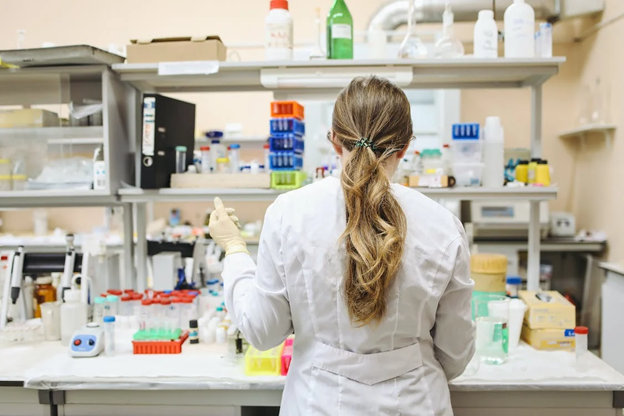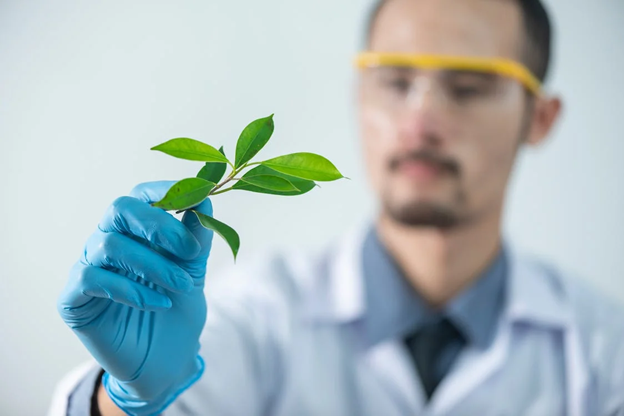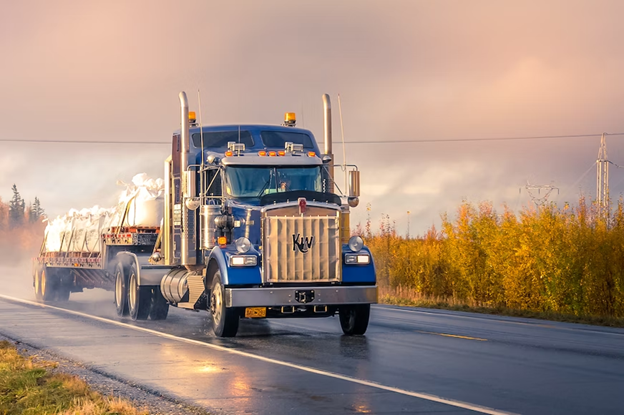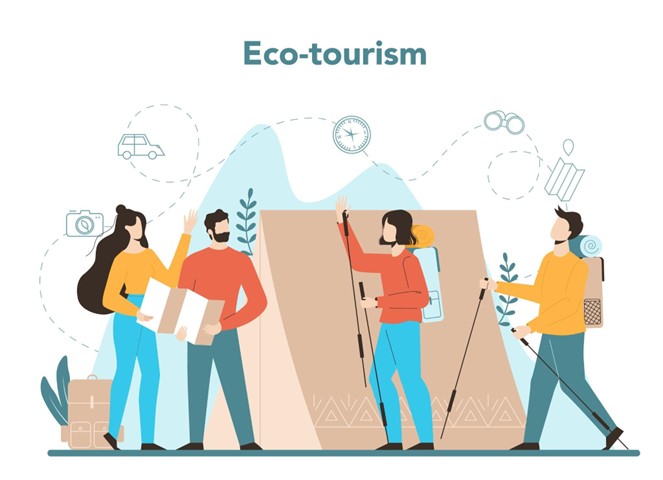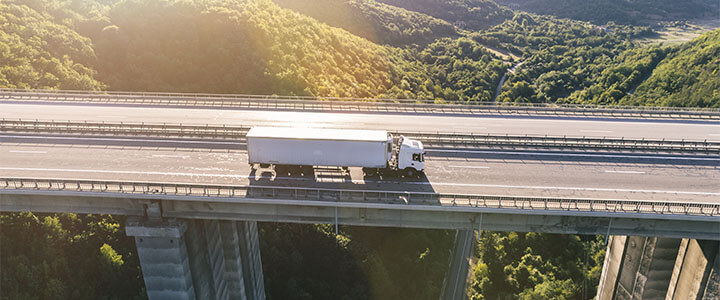Advancing Sustainable Solutions: The Significance and Development of Mining Industry Waste Disposal
To co-op with the modern world, the mining industry plays an important role, enabling users to get their hands on important materials. However, this industry also comes with challenges. One of which is catering to the mining waste. Waste management in mining is the most pressing issue many organizations are trying to control.
The rise of global awareness is pressuring the mining industry to work on sustainable mining industry waste solutions. In this article, we will dive into the environmental impacts of mining waste and the innovative technologies improving mining waste management.

Why the need for mining waste dump management
Mining materials generate a good amount of waste that includes slag, tailings, waste rock, and toxins, which can lead to environmental damage if not catered through.
Releasing toxins and chemicals from such waste products can also affect soil, water, and plants.
This can leave an ever-lasting impact on the environment if not handled properly.
Tailings are another big concern that firms are trying to control using the mine waste dump management process. Tailings are basically fined particles that contain small pieces of metal and other substances. If not handled properly, these particles can enter water sources, damaging aquatic life and posing a risk to humans.
The common steps of waste management in mining
Correct mining waste management is crucial for minimizing environmental impact and ensuring long-term sustainability. Improper handling of mining waste can lead to pollution of water sources, soil degradation, and harm to local ecosystems. By implementing effective waste management practices, such as proper containment, treatment, and remediation, mining companies can mitigate these risks and protect the surrounding environment. Responsible waste management helps maintain regulatory compliance and fosters positive relationships with local communities and stakeholders.
Waste management is the one task on which local governments put a lot of interest given the history of improper waste management. Due to the past, the mining industry is known as a bad face worldwide. Take the idea that whenever a new mining company enters the market, the government requires that the company present a proper waste management solution as a prerequisite
Since the proposals aim to reduce mining waste, many companies have these steps of waste dump management in mining.
Waste disposal
Waste disposal techniques are often practiced in ore refining plants where water and a combination of chemicals are added. This results in a slurry liquid. The excess water from this slurry is returned to the plant and the rest of the waste is stored in the piles storage.
Then, the coarse coal is separated from the plant and placed in the storage silos. As for tailings, they are disposed of using techniques such as dry stacking and underground deposition. Waste rock is also present in that slurry. After the treatment, waste rock is initially stored for later processing.
Overburden handling
Overburding involves a process where backfilling is done in the mining area. Waste rock backfired into the area, which helps increase the soil’s PH and helps trees get the nutrition they need. While doing this, the workers ensure that a new pit is excavated once the old one is completely filled with overburden handling. Apart from that, drainage considerations are also decided while doing this step. This ensures the newly filled pit contains proper drainage flow in case of heavy rainfall.
Recycling
Recycling the leftover chemicals and minerals is the last step in mining waste disposal. The materials like iron fillings are separated from the slurry and are distributed to firms such as highway development authorities and construction companies.
Advancement innovations in mine waste management
Many advanced technologies are reshaping the waste disposal process in the mining industry, primarily focusing on mitigating severe environmental impacts.
Dry stack tailing – the traditional method of handling tailings is mixing the waste with water and chemicals. However, the advancement in technology has enabled companies to leverage the use of magnets and mechanical systems. This not only prevents water contamination but also ensures a low carbon footprint.
Geopolymer is a material that is made from mining waste, such as slag and fly ash. The process involves mixing these toxic materials with cement and is used for constructing highways, buildings, and bridges.
Bioremediation uses microorganisms that break down pollutants in mining waste. This treatment can be applied to soil and water bodies, leading to the natural degradation of harmful materials.
Integrating a circular economy policy approach is a perfect way to handle waste management in mining. This approach involves steps that minimize waste and maximize the use of recycled materials. Valuable metals are recovered from waste streams and are used for other industrial processes. Waste rock is recycled and sent to construction teams. Toxins are removed from chemicals, and those chemicals are then used for other purposes.
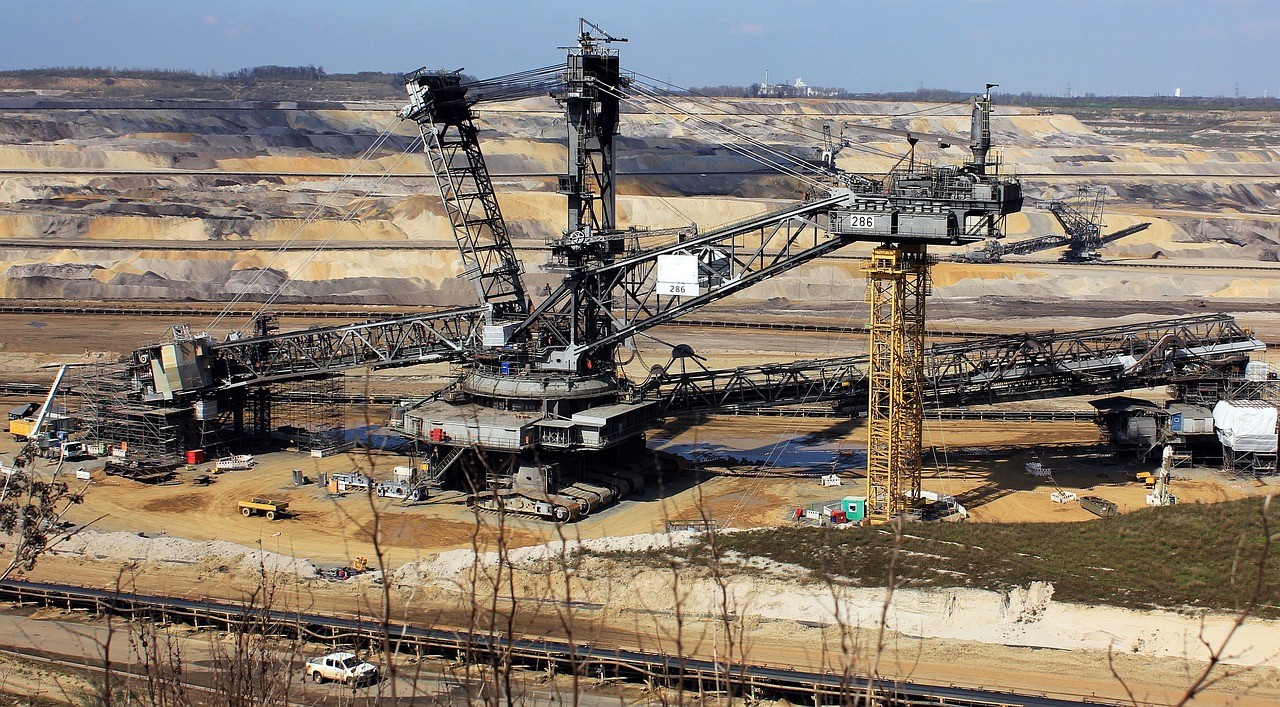
Conclusion
In short, waste disposal is an important step in the mining industry, and if not catered to, it can affect the world in many ways. That is why companies are coming up with new ways and technologies to prevent this from happening.
Modern methods of mining waste management offer innovative solutions to address environmental challenges associated with mining activities. By employing advanced technologies and sustainable practices, such as recycling, reclamation, and waste minimization, mining companies can minimize their ecological footprint and contribute to environmental conservation efforts.
Furthermore, ongoing research and development in this field continue to improve the effectiveness and efficiency of waste management strategies, ensuring a more sustainable future for the mining industry and the communities it serves.

